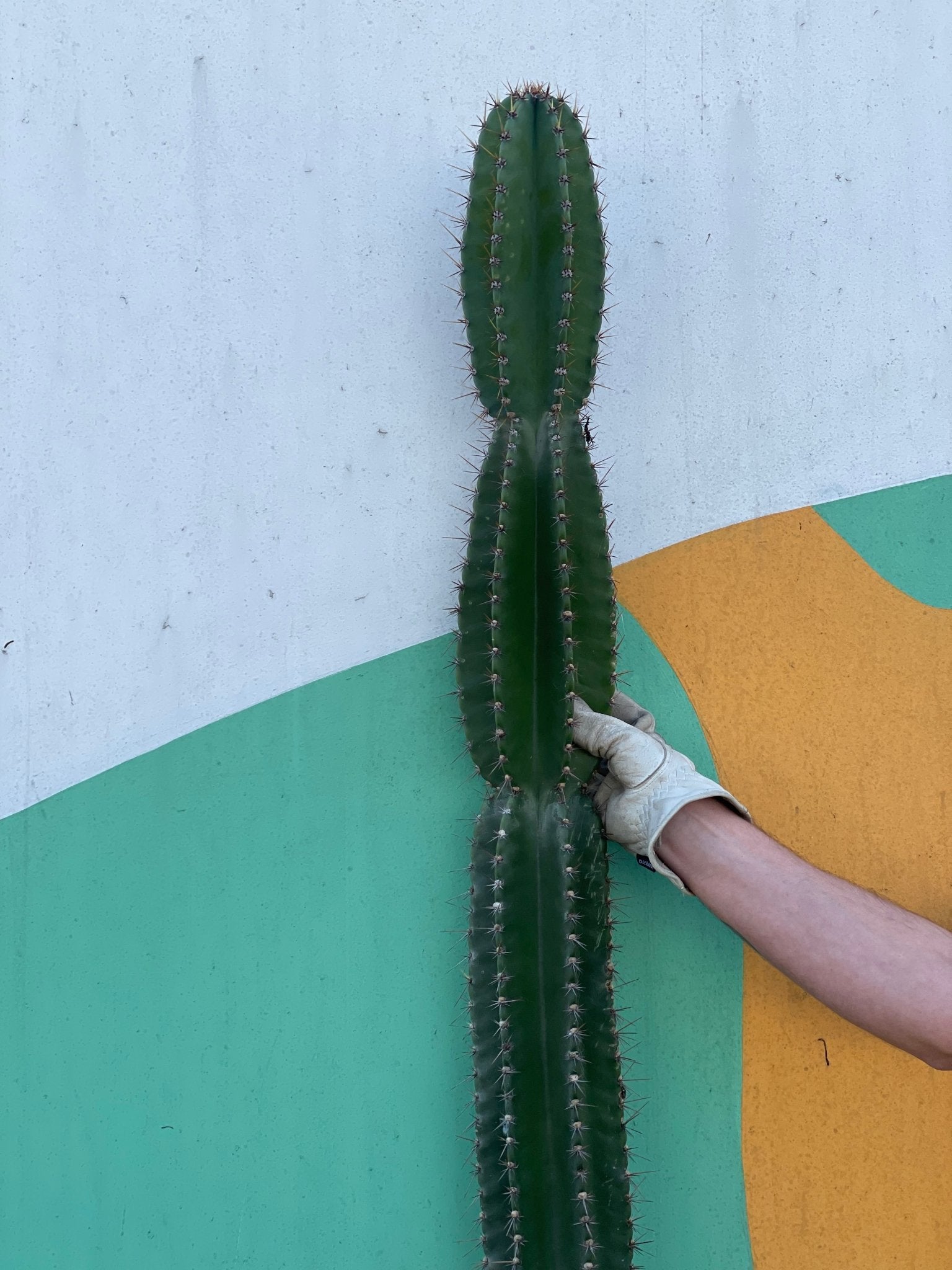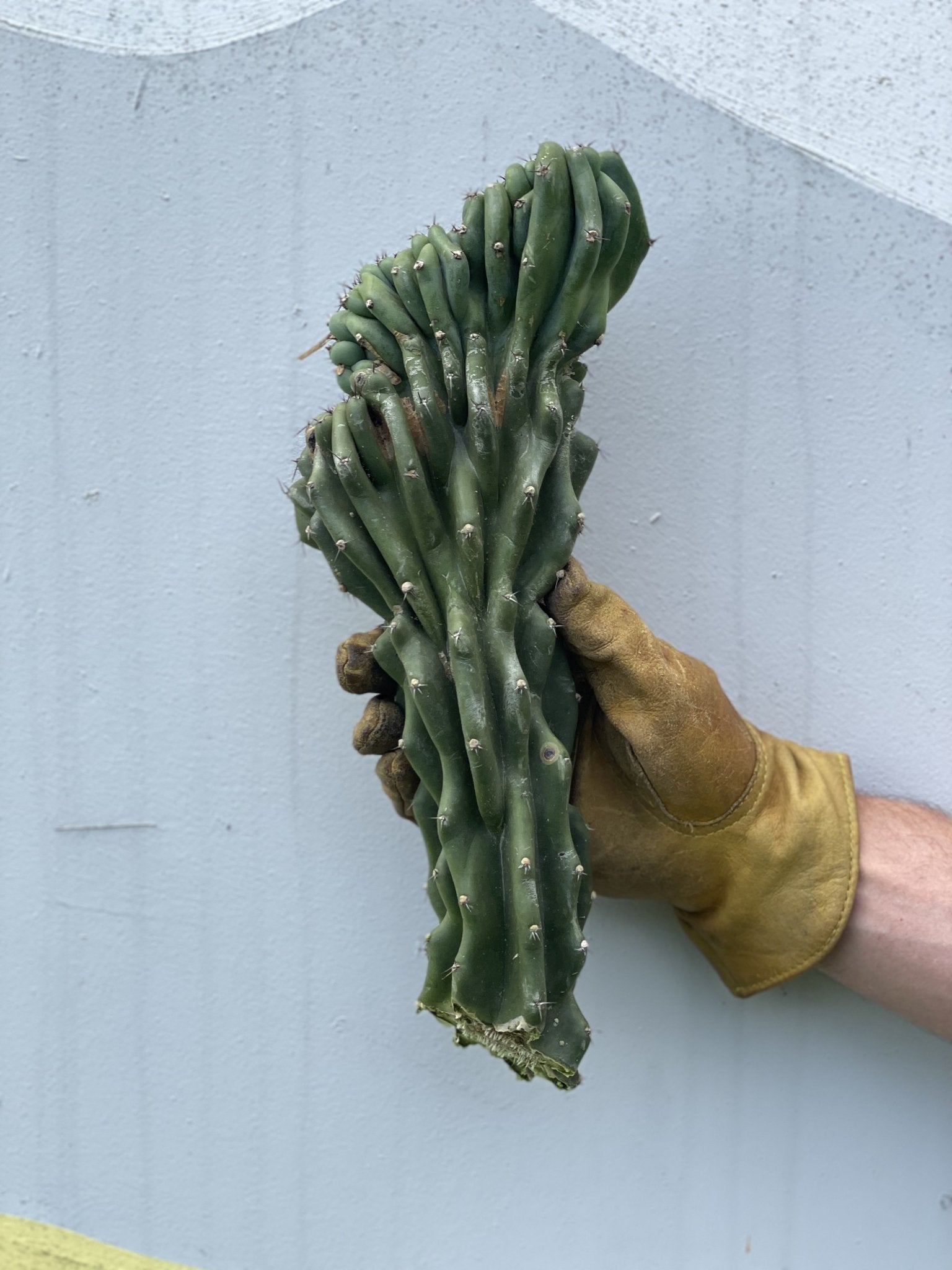Cacti are common indoor houseplants due to their low-maintenance and ease of growth. Regrettably, this also renders them susceptible to indoor plant hazards.
Numerous cactus plants perish due to neglect as their owners fail to provide necessary care. In other instances, a cactus may succumb to natural causes or unfortunate circumstances.
Prompt action is essential if your cactus starts shedding needles and appears to be in decline. Check the amount of sunlight the cactus is receiving and adjust accordingly.
This concise guide outlines key factors leading to a cactus's decline and steps to restore it. Discover the common mistakes often made by cactus owners that can lead to decline.
How Does a Cactus Die?
A cactus is a succulent, so it stores water in its stems and leaves to endure periods of drought and extreme heat. This makes them resilient, but they are not indestructible plants.
A dehydrated cactus will exhibit wilting and wrinkling, yellowing, and leaf loss. Make sure to water your cactus regularly to prevent dehydration.
Likewise, if a cactus is dying of too much water, it will look soggy and have dark patches on its leaves. In both cases, the cactus is slowly losing water from its leaves and stems.
Be sure to watch out for these signs of dying cacti, and if you notice any of them take action right away to save your plant.
Why is Your Cactus Dying?
If your cactus plant is wilting and shedding its leaves, it may be perishing from lack of water. If it’s not receiving sufficient water, its soil will dehydrate and its roots will shrink. When the roots shrink, the plant cannot absorb water and will perish.
Overwatering a cactus can result in soil saturation, leading to waterlogged roots and the demise of both the roots and the cactus. To prevent overwatering, it is advisable to only water a cactus when the soil is dry to the touch.
Excessive sunlight could be another reason for dying cactus plants. Different cacti have varying sunlight requirements. If your cactus is still deteriorating despite being in an appropriate setting, it might be receiving excessive sunlight.
How to Save It
If your cactus is drooping, it may be on the brink of death. If you notice this sign, you should conduct a prompt examination.
Ensure roots are moist (not wet!) and check soil moisture. If dry, water promptly; if wet, allow plant to dry slightly before watering. Inspect the plant regularly for any signs of wilting or discoloration to assess its hydration needs.
If your cactus plant is wilting, yet not dying, it is possible to save it. Position it in a well-lit but not overly sunny area. Maintain soil moisture without making it soggy and water consistently.
The revival process may span a few weeks, but there is hope. Should excessive sunlight be the cause of your cactus's decline, consider relocating it to a shadier area.
How To Repot a Dying Cactus
Repotting is often the optimal solution for a struggling cactus. Follow the provided steps for a successful recovery. Proper repotting can help improve the health of a struggling cactus by providing fresh nutrients and space for root growth.
1) Inspect the soil. If it is dry and compacted, or if roots are visible at the base of the container, it may be time to repot. While periodic repotting is beneficial for a thriving cactus, observing these signs indicates an immediate need for a new potting environment. To ensure the longevity of your cactus, consider investing in a larger pot if the roots are becoming overcrowded or visibly growing out of the drainage holes.
2) Select a fresh pot with a minimum of one drainage hole at the base; more holes enhance drainage. This is crucial as cacti require proper drainage. Insufficient drainage can lead to water accumulation, root rot, and the premature demise of your cactus. Ensure the pot is made of a porous material like terracotta or clay to help with water evaporation and prevent moisture buildup.
3) Fill your new pot with fresh cactus soil. You can buy special cactus soil at most garden centers or hardware stores. Or you can make your own by mixing together equal parts peat moss and coarse sand with perlite. Mix well until all of the ingredients are completely combined and no large clumps remain visible.
4) Insert your plant into the new pot and saturate the soil thoroughly with water; allow it to rest for approximately 15 minutes before considering additional watering.
You’ll need to allow some time for recovery, but hopefully, your cactus will regain its health in a few weeks. Ensure precise watering to avoid over or under-watering the plant during this critical period.
Ensure the soil remains moist without being overly wet and position the cactus close to a window for adequate indirect sunlight. Check the soil moisture regularly to avoid overwatering the cactus.
How to Care for a Dying Cactus
If your cactus has been declining for an extended period, limited options are available. If the plant is rootbound, potential salvation may lie in repotting. However, demise due to dehydration or excessive sunlight may signal irreparable harm.
It is advisable to act promptly. Ensure regular watering of your cactus, particularly in hot summer months. Cacti require less water in winter and minimal to no water in spring and fall. Provide your cactus with adequate sunlight to ensure proper growth and health.
Varying cacti require different sunlight levels. Some need ample sunlight, while others thrive on minimal exposure. Understanding your specific cactus' requirements is crucial, as there is no universal method for caring for all cacti.
Conclusion
Cacti are common houseplants, but they require precise care. To prevent your cactus from perishing due to over or under-watering, be attentive. Prompt action is crucial if your cactus is in distress.
Regular repotting of your cactus is recommended every few years, based on its growth rate. Consider relocating your cactus to a brighter spot if it lacks sufficient light.
Typically, cacti are sturdy plants needing minimal care; however, if your cactus shows signs of decline, follow the advice in this article to revive it.
Good luck and happy gardening!












1 comment
Hi, I have a wooly torch cactus (about 2 feet tall) and recently noticed the tip is soft, pale and wilting. It’s in a northern facing window getting indirect light and has been fine for years. Recently, it has been very hot though. Should I cut off the tip? What/how will it respond/grow if I do this?
Leave a comment